Welcome to the world where fashion meets sustainability!
Imagine a workplace where your attire does more than just look good – it’s a statement of your commitment to the planet. This is the realm of sustainable workwear, a rapidly growing trend that’s reshaping how we think about our office outfits.
As we become more conscious of our environmental footprint, eco-friendly practices are becoming essential, not just in our daily lives but also in our work environments. Sustainable workwear is at the forefront of this green revolution, blending style with a conscience.
So, let’s dive into how this trend is not just changing our wardrobes, but also nurturing a healthier planet and a more positive workplace culture. Join me on this exciting journey to explore the remarkable impact of sustainable workwear!
The Rise of Sustainable Workwear

Once upon a time, workwear was all about durability and practicality, often at the expense of the environment. Think robust fabrics and industrial uniforms, designed to last but not necessarily kind to our planet. Fast forward to today, and there’s a refreshing change in the air. Sustainable workwear is no longer a niche concept but a buzzing trend, capturing the hearts of businesses and employees alike.
This shift didn't happen overnight. It's the result of a gradual awakening to the environmental impact of the fashion industry. As awareness grew, so did the desire for change. Today, sustainable workwear is characterized by eco-friendly materials, ethical manufacturing processes, and a lifecycle that considers the planet at every step.
So, what's driving this green wave in the corporate world? For starters, there’s a growing recognition that businesses play a crucial role in environmental stewardship. Companies are increasingly mindful of their carbon footprint, and switching to sustainable workwear is a tangible step towards eco-responsibility. Additionally, employees are becoming more eco-conscious, seeking workplaces that align with their values. This shift is not just good for the planet; it's also great for brand image and employee morale.
But it's not just about responsibility – it's also about innovation. The rise of sustainable workwear has unleashed a wave of creativity, with designers crafting pieces that are as stylish as they are eco-friendly. From recycled fabrics to organic cotton, workwear has never looked this good or felt so guilt-free. This trend is a clear sign that when it comes to the future of workwear, green is the new black!
Benefits of Sustainable Workwear
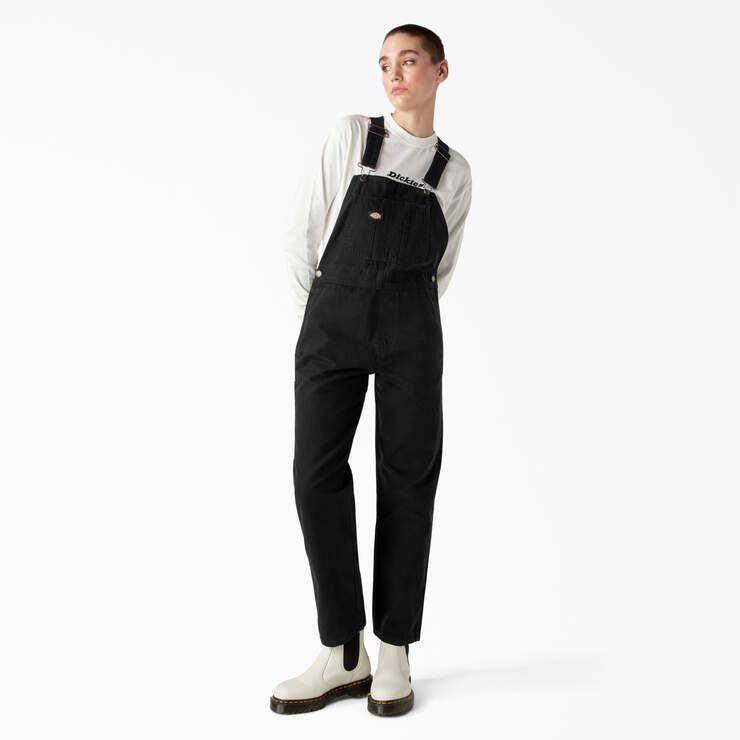
Sustainable workwear isn't just a trend; it's a transformative movement with far-reaching benefits. Let's unpack some of the key advantages:
Environmental Impact
First and foremost, the environment reaps significant rewards. By opting for sustainable workwear, businesses contribute to a drastic reduction in waste and carbon footprint.
Traditional workwear often ends up in landfills, but eco-friendly alternatives are designed with the end-of-life in mind, using recyclable and biodegradable materials. This approach significantly reduces the amount of waste generated.
Moreover, the production of sustainable garments typically involves processes that emit fewer greenhouse gases, thereby reducing the overall carbon footprint of a company. It's a win-win: stylish attire for the workforce and a cleaner, greener planet.
Economic Benefits
From an economic standpoint, sustainable workwear offers long-term cost-effectiveness. While the initial investment might be higher, these garments often last longer, reducing the need for frequent replacements.
Additionally, by supporting the sustainable fashion industry, businesses are investing in a sector that's not only booming but also driving innovation in eco-friendly practices. This investment helps fuel a growing market that's essential for a sustainable future.
Social and Ethical Considerations
Perhaps the most heartening aspect of sustainable workwear is its social and ethical impact. By choosing suppliers who adhere to ethical labor practices, businesses ensure that the people behind the garments are treated fairly and work in safe conditions.
This commitment to ethical sourcing resonates deeply with employees and customers, enhancing the company's reputation. It also aligns with the broader goals of corporate social responsibility, demonstrating a company's commitment to not just profits, but people and the planet as well.
Materials and Technologies in Sustainable Workwear
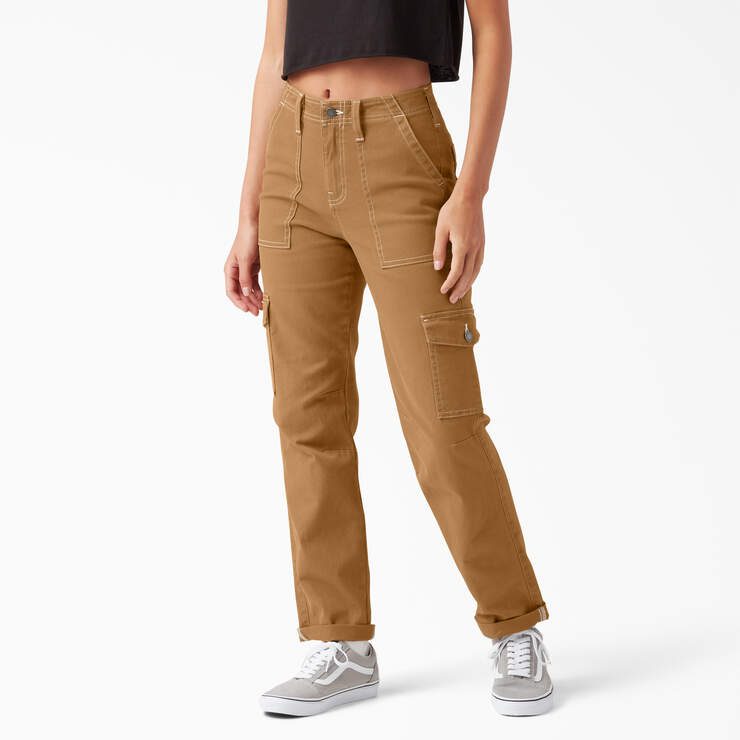
The shift towards sustainable workwear is largely driven by the innovative use of eco-friendly materials and advanced technologies in fabric production. Here's a deeper look into some of these key components:
Organic Cotton
Organic cotton represents a significant shift in eco-friendly workwear materials. Grown without the use of harmful pesticides or synthetic fertilizers, it stands as a testament to environmentally conscious farming.
This approach not only benefits the soil and reduces water consumption but also ensures that the cotton is safer for both the farmers who cultivate it and the end-users. Organic cotton's production process is less water-intensive compared to conventional cotton, making it a sustainable choice for workwear that prioritizes ecological balance.
Recycled Polyester
Recycled polyester is another cornerstone of sustainable workwear, showcasing how recycling can transform waste into wearable fashion. It's primarily made from recycled plastics, such as PET bottles, effectively reducing landfill waste and conserving resources.
This innovative approach not only lessens the dependency on virgin polyester, which is petroleum-based, but also significantly decreases energy consumption and greenhouse gas emissions during production. Recycled polyester maintains the durability and versatility of traditional polyester, making it ideal for robust workwear.
Tencel (Lyocell)
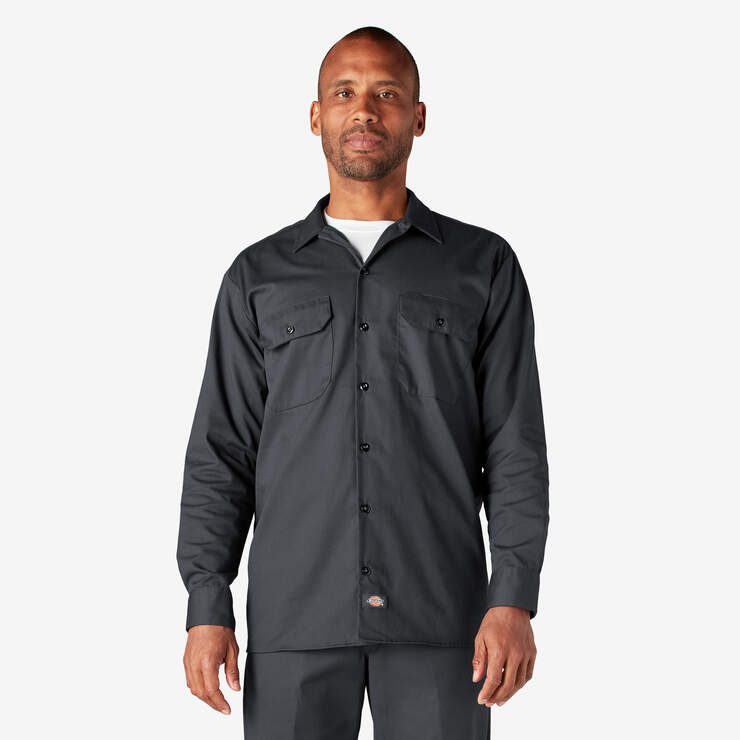
Tencel, known scientifically as Lyocell, is a sustainable fabric made from wood cellulose, primarily sourced from eucalyptus, beech, and spruce trees. The trees are grown on sustainably managed plantations, ensuring minimal impact on the environment.
The production process of Tencel is remarkably eco-friendly, utilizing a closed-loop system that recycles water and solvents. The result is a fabric that's not only soft, breathable, and moisture-wicking but also biodegradable, paving the way for a more sustainable future in workwear.
In addition, the technology behind these materials is just as impressive.
Advances in textile production mean that creating these eco-friendly fabrics now requires less water, energy, and chemicals than ever before. Digital and 3D printing technologies in fabric design are reducing waste by allowing precise and efficient use of materials.
Then there's the world of recycling technologies. Innovations in this space are making it easier to break down old garments into reusable fibers, creating a closed-loop system where nothing goes to waste. Some technologies even enable the recycling of blended fabrics, which was once considered a significant challenge in the sustainable fashion industry.
This combination of sustainable materials and cutting-edge technologies is revolutionizing the workwear industry.
Implementing Sustainable Workwear in the Workplace
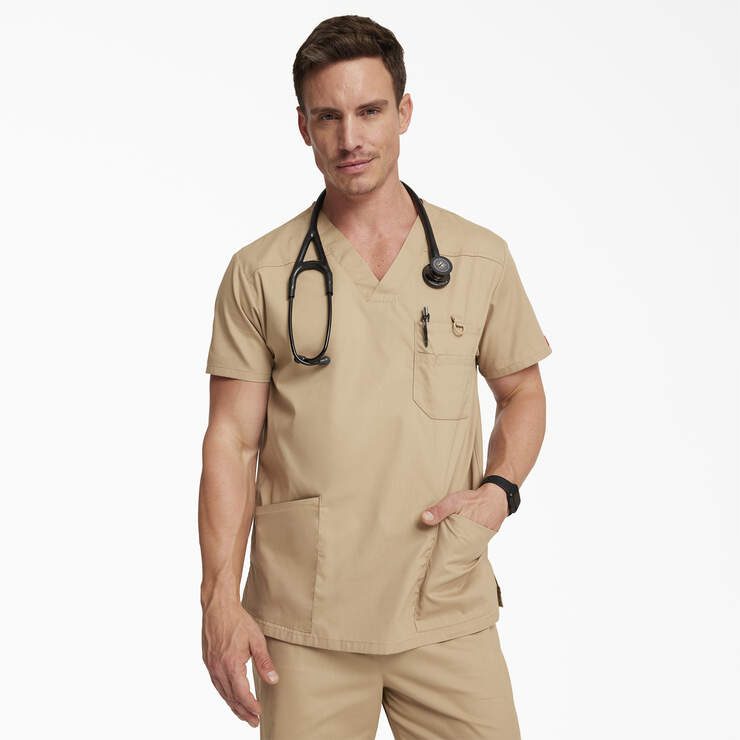
Adopting sustainable workwear in the workplace, while rewarding, comes with its own set of challenges. However, with thoughtful strategies and a focus on employee engagement, businesses can navigate this transition smoothly.
Challenges and Solutions
- Cost Considerations: Initially, sustainable workwear can be more costly than conventional alternatives. Solution: Businesses can mitigate this by viewing the investment through a long-term lens, considering the durability and reduced need for frequent replacements. Additionally, bulk purchasing and selecting suppliers with scalable options can help manage costs.
- Finding Reliable Suppliers: Identifying suppliers who truly adhere to sustainable practices can be a hurdle. Solution: Conduct thorough research and due diligence. Look for certifications and standards that authenticate a supplier’s commitment to sustainability.
Strategies for Transition
- Start Small and Scale Up: Begin by introducing sustainable options in parts of the uniform or for specific roles. This gradual approach allows for adjustment and feedback.
- Incorporate Employee Feedback: Engage employees in the selection process. Their input can guide choices that align with comfort, style, and practicality.
- Set Clear Sustainability Goals: Define what sustainability means for your organization. Whether it’s reducing carbon footprint, supporting ethical labor practices, or using specific materials, clear goals will guide your choices.
Role of Employee Engagement and Education
- Educational Workshops: Conduct workshops to educate employees about the benefits of sustainable workwear. Understanding the environmental impact can foster a sense of pride and responsibility.
- Encourage Employee Advocacy: Empower employees to be advocates for sustainability in the workplace. Their enthusiasm and commitment can be contagious and drive the initiative forward.
- Feedback Channels: Establish open channels for feedback and suggestions. This inclusive approach not only aids in finding practical solutions but also boosts morale and commitment to the sustainable journey.
The Future of Sustainable Workwear
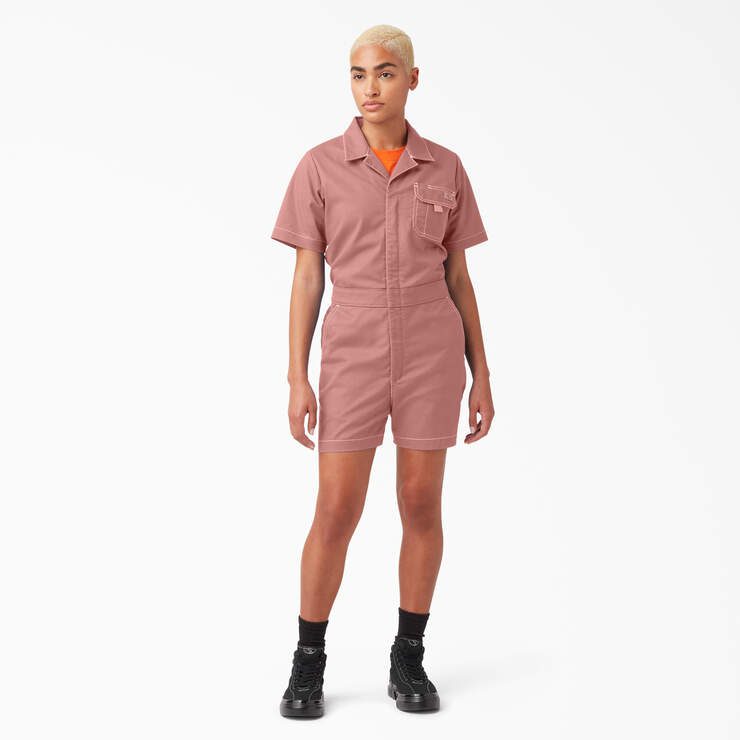
The horizon of sustainable workwear is bright and brimming with potential, marked by emerging trends and exciting developments. One significant trend is the increasing use of advanced eco-friendly materials, such as biodegradable fabrics and those made from unconventional, sustainable sources like algae or recycled ocean plastic. These innovations are setting new standards in workwear, combining environmental responsibility with cutting-edge design and functionality.
Another area of growth lies in the integration of technology. Smart textiles, equipped with features like temperature regulation, connectivity, and even health monitoring, are on the rise. This fusion of technology and sustainability is not just transforming workwear but is also redefining the boundaries of fashion and functionality.
Government policies and regulations play a crucial role in this evolution. More and more, governments are recognizing the importance of sustainable practices in the fashion industry, including workwear. By implementing policies that encourage or even mandate the use of sustainable materials and ethical manufacturing processes, governments can significantly accelerate the adoption of eco-friendly workwear. These regulations can range from tax incentives for sustainable practices to stricter guidelines on waste and emissions.
Looking at the long-term impact, sustainable workwear is poised to reshape both the fashion industry and workplace cultures. It's moving towards a future where ethical and eco-friendly practices are not just preferred but expected. This shift is driving brands to rethink their production methods and business models, prioritizing sustainability alongside profitability. In workplaces, sustainable workwear is becoming a symbol of a company's commitment to environmental stewardship, enhancing brand image and attracting a workforce that values social responsibility.




